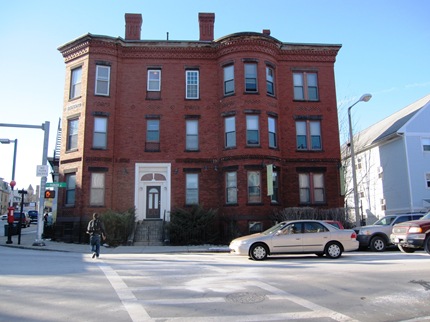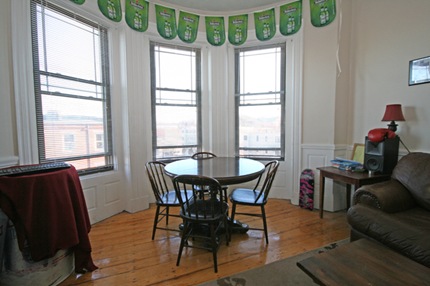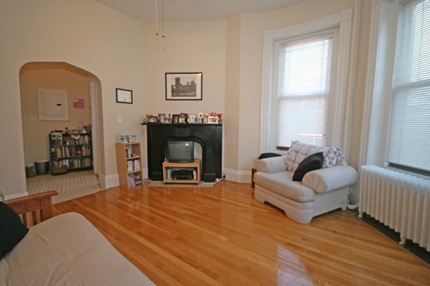Buying land provides investors with a lot of opportunities, and as land purchases become more prevalent across the USA, there are some key considerations to keep in mind.
Besides personal gain, land may be used for certain recreational purposes or as a summer/winter retreat. The land may be developed into horse stables, hunting grounds, fishing ponds, or mountain hiking zones. You may even build guest houses or lodges to help tourists.

In all likelihood, you will probably buy property from an agent in a rural part of town if you are not doing it online. Agents offer property that is bound to satisfy your preferences, though it depends on the amount you are ready to shell out. You will then be able to figure out what kind of land best suits your needs. The agent will look for the specific type of land that you have singled out, and you may need to accompany him/her to get a larger picture of the land that you think would be perfect for your plans.
Buying a piece of land is not as easy as it sounds. There are a lot of legalities involved and a slight mistake in the documents could mean a huge loss in investment. It is advisable to perform thorough research on the land and to have good knowledge on the different fundamentals involved in real estate trading.
The internet is a handy tool to buy land online and you may be lucky enough to purchase land from different states or countries at a very cheap price. These are properties that you would have never known about, let alone been able to buy in the ‘old days’. You will then be able to sell it for the market rate or above it, depending on the demand, and have the potential to go on to make a profit out of it.
Purchasing land online is as simple as a click of the mouse. You can get all the details and images of the land that you are interested in right at your desk with the help of the internet – without actually visiting the land. You can even get a list of FAQs answering all your doubts about the land answered by the owner.
However, there are certain limiting factors and considerations when you buy land online. You will not be able to see the whole land with your own eyes as you have to rely on what the camera lens shows you. You may try asking the owner for some aerial pictures of the land and also some questions on the geographical conditions of the place, supply of water, irrigation, and agriculture facilities and also check if there are any restrictions on the use of the land that you are interested in (from perhaps, the presence of wetlands or property easements).
Knowing about the climate in the area is also important. You may also want to know the wildlife present in the area, the kind of soil, and the greenery surrounding the land. Make sure that the land is not barren, this is important.
Make sure that the area does not lack modern amenities and is not technologically backward, and if so, be prepared to factor their correction into your comparative purchase price. If you have plans on using the land for recreational facilities, see to it that the area is accessible all year round. Also, get yourself and the land properly licensed so that you do not get into any legal troubles in the future.
When buying land from the internet, ensure the seller you are buying from has good feedback, and attempt to use “offline” resources to also verify and confirm purchase details and transaction legitimacy.










